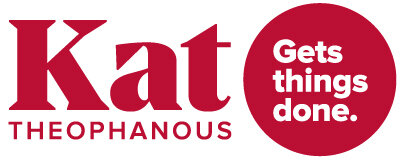My question is to the Minister for Education. I ask the minister what the Victorian Autism Education Strategy means for students and families in my electorate of Northcote. Across my community I have spoken to parents, carers and students about how our education system supports students with autism and indeed all forms of neurodivergence. The fact is that for a very long time our education system has been one size fits all, yet students learn in all sorts of different ways and our education practice needs to be adaptive if we want students to thrive. Data shows that around one in 70 Australians have autism, making it likely that there is an autistic student in every classroom. We know that students with autism are more likely to disengage from school, often need to change schools to have their needs met and are less likely to finish year 12. For autistic girls it can be even harder – an estimated 80 per cent remain undiagnosed at age 18, and it takes two to three years longer to get a diagnosis. For families, that continual struggle to advocate for their child is deeply felt. Our government has a nation-first autism education strategy, and I would love to hear more about it.
Minster for Education’s Answer:
The Government takes great pride in recognising the strengths, interests and abilities of autistic children in Victorian schools, and the valuable contribution that students with autism can make to their educational community.
On 3 December 2020 the Victorian Government launched the Victorian Autism Education Strategy (Strategy) to better meet the learning and wellbeing needs and aspirations of autistic students attending Victorian government schools. The Strategy is an Australian first. It places autistic students at the centre, and empowers schools, specialists, parents and students to work together so that autistic students can meet their full potential.
The Strategy is part of the Victorian Government’s $1.6 billion Disability Inclusion investment to transform funding and support for students with disability in Victorian government schools.
The Strategy aims to improve educational outcomes and supports for autistic students and help foster inclusive school communities. The Strategy is backed by a $19 million investment over four years, with work underway across six areas:
Promoting and celebrating autism inclusion and diversity at the whole school level
Building the capability of school leaders and staff to meet the educational needs of autistic students
Involving the student, families and experts in collaboratively planning for students’ education
Supporting autistic students’ health and wellbeing
Supporting autistic students’ individual education needs
Strengthening accountability and transparency for students with disability
The flagship initiative of the Strategy is a new Diverse Learners Hub. This hub is delivering frontline expert coaching and professional learning to create real change in schools and establish learning environments that support autistic students to thrive.
The work of the Strategy is well underway and is being guided by the Autism Education Strategy Advisory Group, including people with lived experience of autism, school leaders and regional staff, autism researchers, and representatives from autism advocacy organisations including autistic-led organisations such as Yellow Ladybugs, that represents autistic girls, women and gender diverse individuals.


